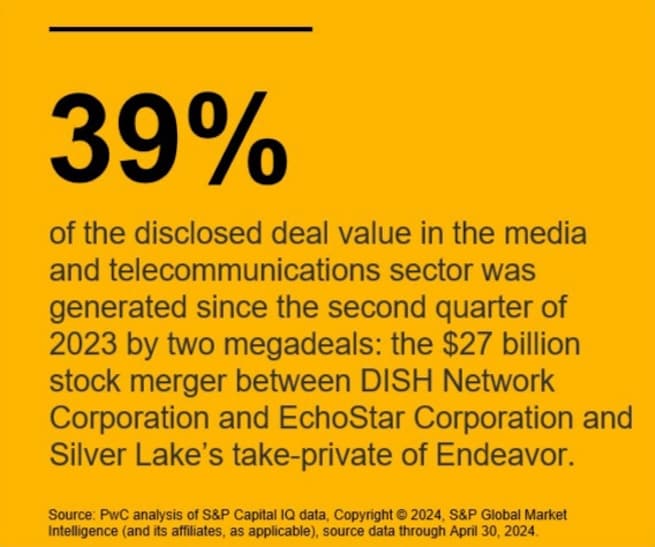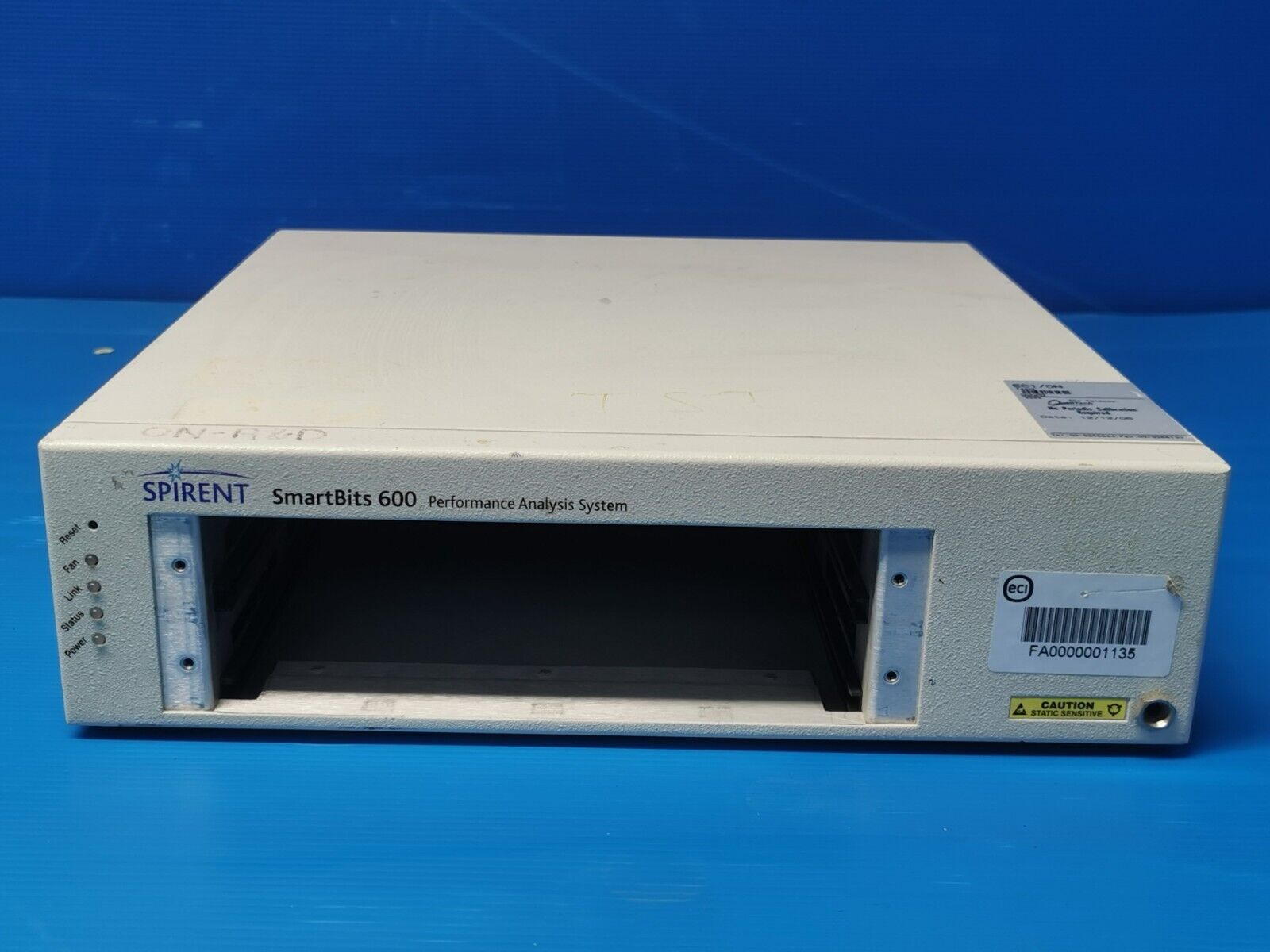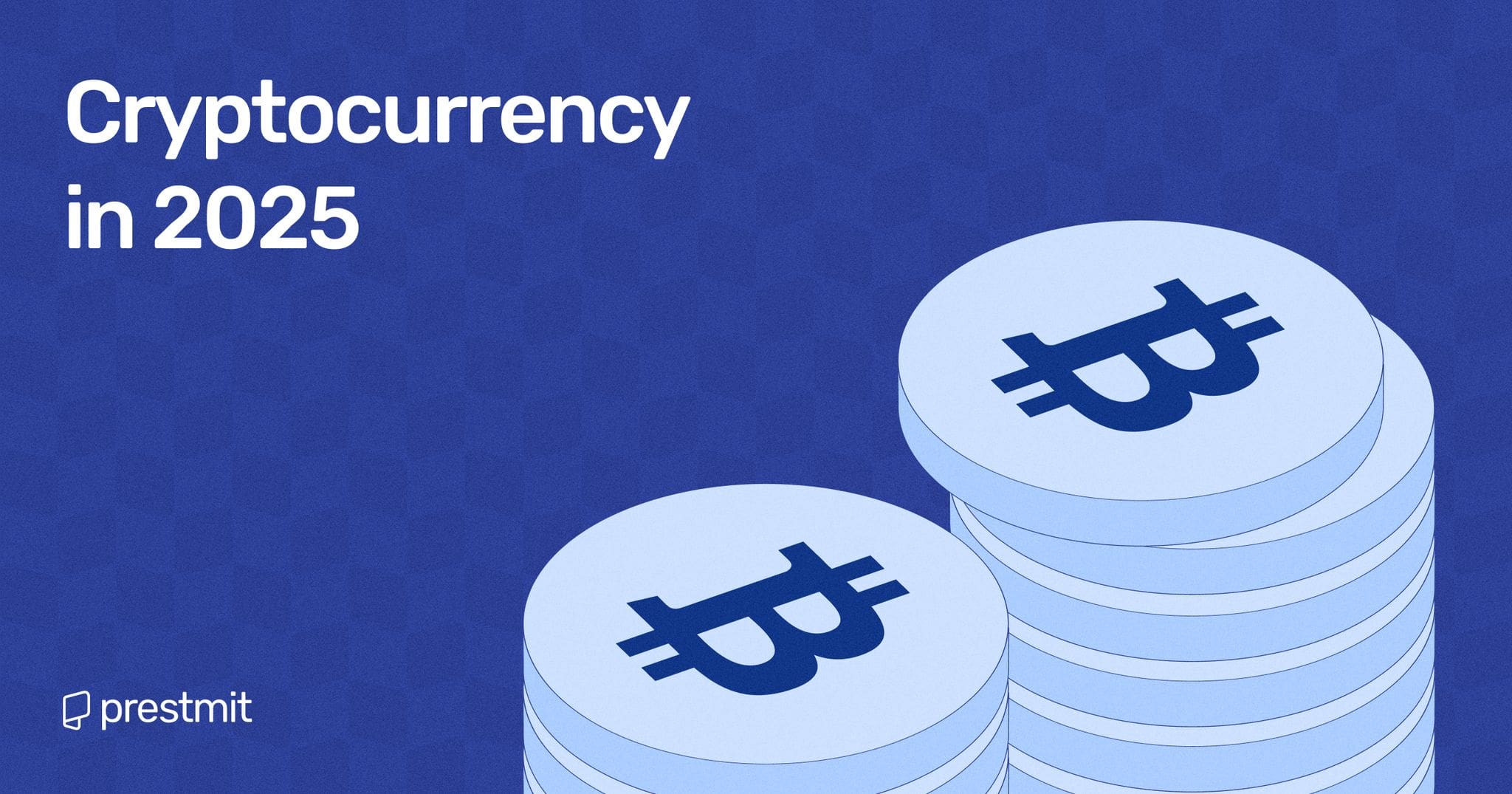
Viavi’s Strategic Play: Could a New Bid for Spirent Communications Be on the Table?
In the fast-paced world of telecommunications, mergers and acquisitions can make or break companies. Recently, there have been whispers about Viavi Solutions, a prominent US IT communications specialist, contemplating a potential re-bid for Spirent Communications, a strategic player in the telecom testing sector. This consideration arises primarily if Keysight Technologies, a rival firm, fails to successfully acquire Spirent.
 Understanding the dynamics of telecom mergers
Understanding the dynamics of telecom mergers
According to sources familiar with the matter, some market analysts speculate that Spirent’s shares are currently trading at a 14.5% discount to Keysight’s offer price of 201.50 pence. This gap indicates skepticism regarding Keysight’s ability to secure competition approval, a critical hurdle in the acquisition process. For Viavi, this opens a unique window of opportunity, but it’s important to note that UK takeover regulations would prevent Viavi from making a move for 12 months following its previous bid lapse last May.
The interplay of shares fluctuates, as evidenced by Spirent’s stock moving positively by 4% shortly after news of the potential Viavi bid. The shares settled at 174.5 pence after a brief rise. It’s intriguing to see how a mere rumor can lead to such market movements, reflecting the high stakes involved in telecommunications.
The Price War: How Will Viavi Compete?
When Keysight initially made its offer, it proposed an impressive 85.9% premium over Spirent’s share price of 108.4 pence, compared to Viavi’s preceding offer which represented a lower premium of 61.4%. This stark contrast raises questions about how Viavi could present a more compelling offer if it were to enter the fray again.
Analyzing market fluctuations in telecoms
Viavi has articulated that it would have limited overlap with Spirent, which might appeal to regulators concerned about competitive markets. However, with Keysight’s aspirations of combining product lines to create strategic synergies, the regulatory path for them may also present challenges. Analysts warn that tying these two companies together could lead to them controlling more than 80% of the high-speed ethernet testing market, raising significant anti-trust concerns.
This regulatory scrutiny seems reflective of a broader trend; as companies vie for market share, they must navigate a labyrinth of compliance issues that can delay or even derail potential deals.
The Current Landscape for Spirent
Recent reports from Spirent reveal a 12% drop in revenue, totaling $197.3 million for the first half of 2024. An economic slowdown and a palpable hesitation from customers, likely influenced by the ongoing acquisition discussions, have contributed to this downturn. In light of these financial challenges, Spirent’s management might see divestments, particularly from its ethernet testing business, as a necessary step to stabilize operations.
 Assessing Spirent’s current performance and future strategies
Assessing Spirent’s current performance and future strategies
As Spirent navigates this tumultuous time, both they and Keysight have been collaborating with U.S. and European authorities to clear regulatory hurdles in anticipation of the deal closing by next April. Referred to in some circles as a ‘Hell-or-High-Water’ commitment, Keysight’s agreement outlines the lengths they are willing to go to ensure this merger is successful.
Reflections on the Industry’s Future
If Viavi opts to step back into a bidding war, it’s crucial to ponder the broader implications. The telecommunications landscape is being reshaped by these transactions, and the outcomes will directly affect not just the companies involved but a myriad of consumers who rely on their services.
From my perspective as an observer of this industry, it’s clear that while financial incentives drive these acquisitions, market realities are equally influential. Companies must weigh not just the numbers, but their potential impacts on innovation and customer choice.
Conclusion
The possibility of Viavi making another bid for Spirent presents an intriguing chapter in the ongoing saga of telecommunications mergers. With market dynamics constantly evolving and strategic synergies within reach, stakeholders and customers alike will be watching closely to see how this potential play unfolds. As always, in our rapidly changing technological landscape, the next move could redefine the market for years to come.
For more thoughts on technology and its impact, check out TechSavvy Deals.













